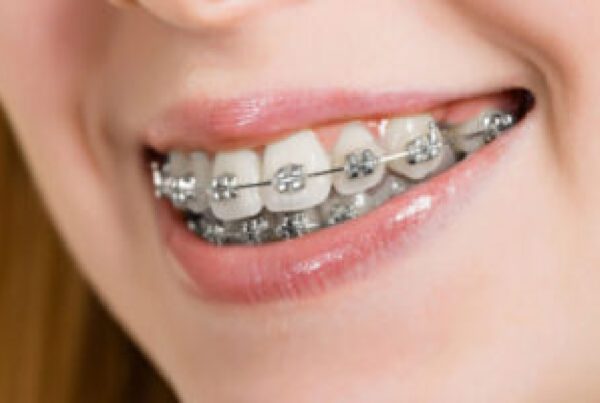Self-ligating brackets (SLBs) have been around for many years. In fact, a gentleman called Charles E Boyd first introduced them in 1933. In this post, we explain what SLBs are and whether they do as claimed — offer faster treatment.
What are self-ligating brackets?
Standard metal braces consist of brackets that are attached to a patient’s teeth, and an archwire is threaded through the brackets using o-rings — little rubber bands — to hold it in place. Self-ligating brackets, on the other hand, feature a small gate at the front that secures the archwire when closed. SLBs apply less friction to a patient’s teeth, and no o-rings are required.
The purported benefits of self-ligating brackets
Here are some of the benefits that manufacturers of SLBs claim:
- Faster treatment because less friction allows teeth to move more freely
- More comfortable due to less friction
- Longer intervals between appointments
- Better results
The benefits sound impressive — who doesn’t want faster treatment? However, many orthodontists, including us at Totora Orthodontists, remain unconvinced that SBLs are any faster or better than other braces. In fact, a recent study suggests that SLBs could be slower than traditional braces by up to two months. Also, SLBs are not the most cost-effective option.
Should you avoid self-ligating brackets?
No. If fast treatment is important to you, SLBs are worth a try. Just be aware that the evidence to back up that they work faster is ‘thin on the ground.’
One of the better-known self ligating brackets is the Damon System. We have used this system in the past at our West Auckland clinic but feel it’s quite bulky — more compact brackets are easier for our patients. We do currently use a clear SLB because it doesn’t have o-rings that discolour over time due to food. It also has a lower profile than the Damon System and so is more comfortable for our patients.
What determines the speed of orthodontic treatment?
It is claimed that SLBs apply less friction and, therefore, work faster than other braces because they allow patients’ teeth to move more freely. Yes, the initial alignment of teeth can be rapid, but the roots still require time to move into their correct positions.
In our experience, several factors determine the speed of orthodontic treatment, not least the skill of your orthodontist — her treatment plan, bracket placement and selection of wires and mechanics, etc. There are other factors, too, including:
- Cooperation of patients — whether they wear the elastics as instructed.
- Biology — every patient is different.
We hope you found this post useful. If you did, please share.


